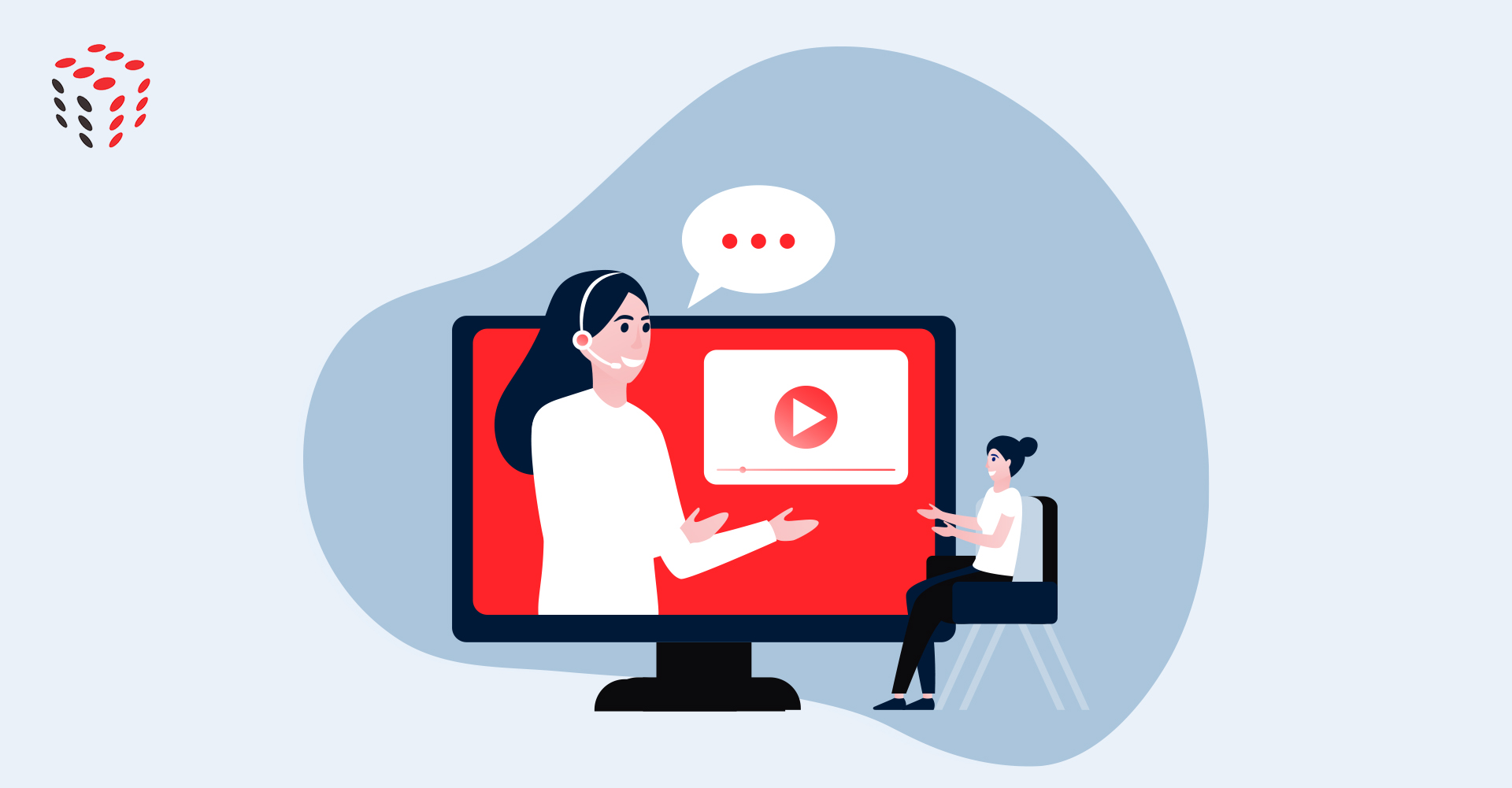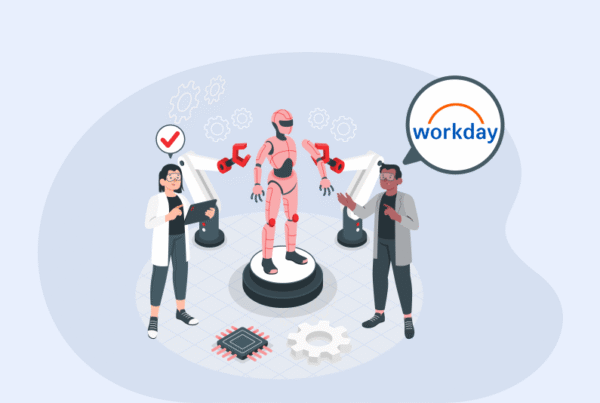
Resources > Blog >Learners Have Evolved… It’s Time Your Learning Solution Evolved Too.
Learners have evolved… It’s time your learning solution evolved too.

As we put on our headphones and pyjamas to go to work (in the new normal), we are getting ready to start learning all over again. It looks like the knowledge and skills we learned in school aren’t enough to keep us relevant in the real world. New employees aren’t the only ones who should learn. An employee may have to go through training and development if he or she needs to fill in the gaps in their knowledge and skills to move up in their job or improve their work performance. A lot has changed in the field of education since the early 2000s. Physical classrooms have been replaced by e-learning tools that use machine learning and artificial intelligence to help students learn. Employees often think of workplace training as scary and intimidating. This isn’t to say that edtech isn’t becoming more accessible to everyone. There are more ways to get employees excited about their jobs by getting them to adopt a lifelong learning mindset so that they stay relevant, though. Today, many businesses make training and developing employees in the digital world a top priority. This should not be taken for granted, and it should not be ignored. COVID-19 has only added fuel to the fire as traditional in-person training can no longer be held as easily as before. Whether they like it or not, enterprises are forced to shift entirely to an online learning model even if they have zero experience in doing so. Beyond that, there are also things that enterprises tend to commit wrongly when it comes to corporate training.
Common eLearning mistakes
Getting the Audience Wrong
If you’re writing a book, making a new car, or designing a cereal box, you’ll need to figure out who your target audience is. You’ll also need to know their demographics and how they think. Is your audience made up of people who work in management? If so, do they know and understand the words you’ll be using in your job. In your job, do you have a lot of new employees who want to learn the ropes and start working right away? They might like a light-hearted approach. In advance, figure out who you’re teaching and make sure your training meets their needs, then do it that way!
Overwhelming Your Learners
Prepare for your training and stick to the main points, usually no more than five, that you have chosen for it. Avoid taking everything but the kitchen sink into account. If you give a lot of information in the hope that each person will get something out of it in a different way, chances are you and they will be disappointed You want to keep your participants excited about coming back for more, not leave them with “brain ache” and a lot of ideas they can’t process.
Missing the point
When you write training materials, the Instructional Design should make sure that the content fits with the main points. That key messaging should be in line with what the person is experiencing.
Be sure to include:
- Processes and procedures that are required.
- As long as you need technical information, it’s good to have it.
- Resources that people can access, download, and print for later use.
- Sources are important when citing statistics or theoretical ideas.
The message in an eLearning course can be too broad or go off-topic, and people can get confused or lose interest.
Not catering to the Learners
Be aware that your participants are not likely to be experts in your field, even though you might think you are! Be mindful of your participants’ knowledge level and learning styles. Everyone learns in a different way, and you should not make training modules that only work for you. To make things more interesting, use a mix of media that appeals to a wide range of learning styles instead. These can be PDFs, articles, videos, and games.
Not updating the content enough
It’s important to give people information that is up to date or still relevant. Some of the information on this site is evergreen, but most of the information is not. Before you start a training campaign, check the material to make sure it’s up to date and relevant. If the training module has a “best by” date, check the data and information it has to make sure there are no changes that need to be made.
Small, short and focussed
There is no magic wand to make your learners engaged, motivated and retain the information. But there are studies that show microlearning is a proven way in utilizing small, well planned and bite-sized chunks of units or activities to aid better information retention as well as better performance during the course assessment.
And it calls for 3 key steps:
Determine the learning goals for your class
What do you want your learners to be able to do, feel, or know by the end of the class? Learning goals may be more than just learning about a subject. They may also include learning how to learn, being able to apply concepts in other situations, and more.
Break down your content
Microlearning is designed to avoid the cognitive overload that can happen when too much material is delivered to students all at once and instead, distributing them across several spaced short sessions.
The idea here is to introduce new information, immediately revisit it and actively use the material/concepts/skills in order to engage students, deepen understanding and move it to long-term memory.
Create your mini class activities and assessment
To help your students improve their learning and do better, give them low-stakes assessments. They may or may not be part of class activities. Both of them should be important, short but difficult, and follow right away with feedback.
Conclusion
Effective online corporate training help to equip your employees with new skills they need to be more productive at work. This can only be a win-win situation between enterprises and employees. But this can only happen if content appeals to the learners and creating bite-sized relatable content with an e-Authoring tool is a great way to start.






